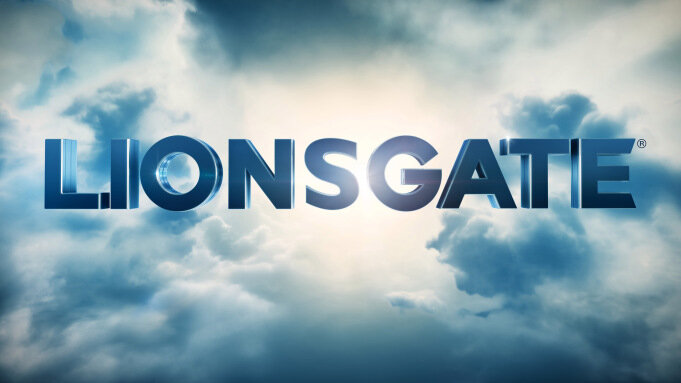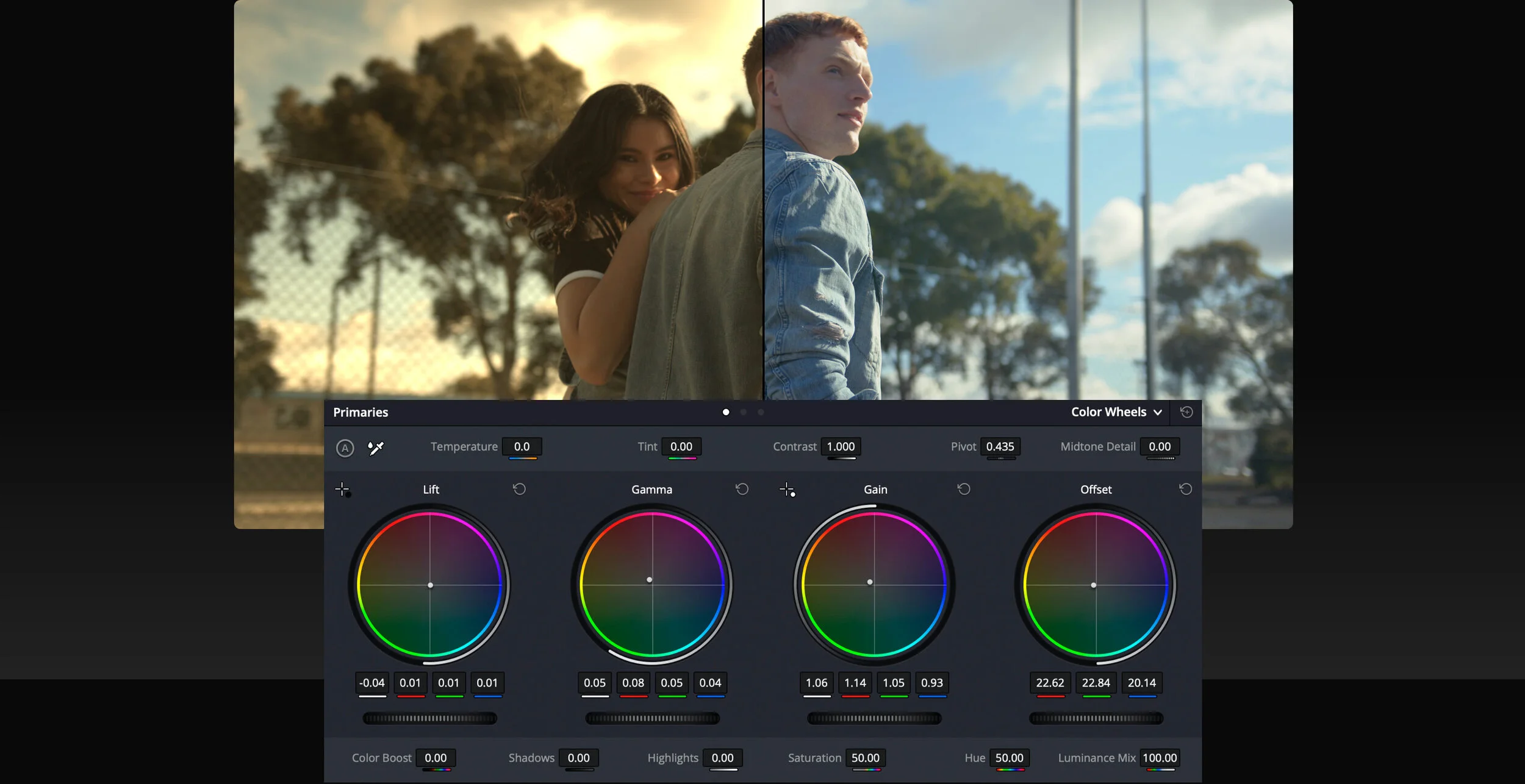In the past few years we’ve been pushing the technology envelope pretty hard – trying to get higher frame rates, greater resolution, more dynamic range, more bit depth, more throughput/bit rates and RAW.
High frame rates - delivering a higher standard
High frame rate movies are the way of the future. This new standard for movie production creates extraordinary crisp, lifelike images that transport audiences into the action.
What is HFR?
Frame rates are the number of images displayed by a projector in one second. 24 frames per second (FPS) is the standard in cinema. High frame rate productions of 48 or 60 FPS will set the bar higher - and set a new standard for moviegoers.
High Frame Rate (HFR) movies record and play visuals at twice the rate or more of what's shown in today’s cinemas. Increasing the frame rate stops the blurring, flickering and stuttering visuals that are common with 24 FPS movies.
In 24 frame-per-second 3D action sequences, the fast-moving 3D images will appear to break apart, and most audience members will struggle to focus on the images. It’s this “image break up” that causes some audience members to feel ill or uncomfortable watching 3D movies.
The problem is solved with HFR 3D movies.
Higher frame rates will soon be the norm
Higher frame rates will improve 3D movies dramatically - creating ultrarealistic and more comfortable moviegoing experiences – and set a new industry standard. – Recent releases of The Hobit (An Unexpected Journey, The Desolation of Smaug and The Battle of the Five Armies) as well as upcoming “Avatar’s” sequels – will use 3D HFR. Peter Jackson and James Cameron are betting on the fact that audiences will love the more immersive and detailed 3D HFR productions.





